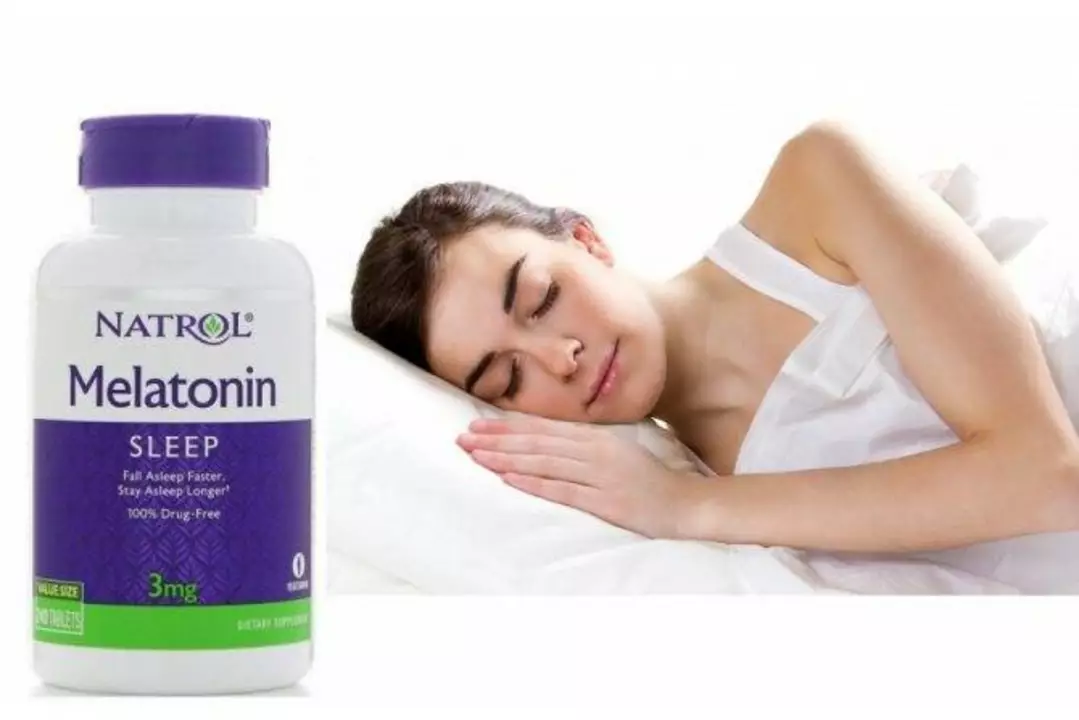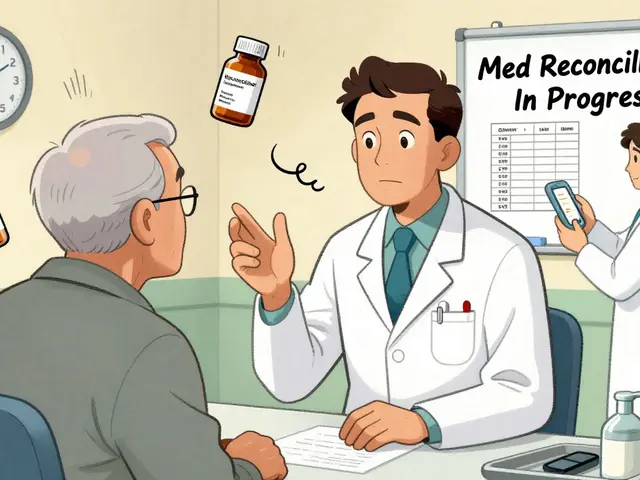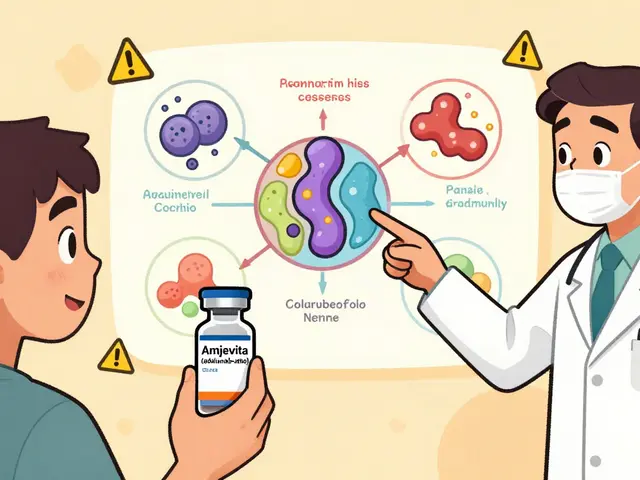Fitness: Move Better, Sleep Better — How Exercise Shapes Your Sleep Hormones
Ever noticed you sleep better after a good workout? Exercise doesn't just burn calories — it helps regulate sleep hormones like melatonin and cortisol. Getting your body active at the right time can make falling asleep easier and improve sleep quality.
Morning or afternoon workouts tend to support healthy melatonin rhythms. Studies show regular daytime activity helps your internal clock stay on schedule, so your brain releases melatonin at night when it should. Try a brisk 30–45 minute walk, bike ride, or strength session in the morning or early afternoon to anchor your sleep cycle.
Avoid high-intensity sessions close to bedtime. Intense exercise spikes adrenaline and body temperature, which can delay melatonin release. If you like to work out in the evening, pick lower-intensity options like yoga, stretching, or a light walk. These can calm you without disrupting the hormones that tell your body it's time to sleep.
Practical tips to sync exercise with sleep
Be consistent. Exercising at the same time each day helps your circadian rhythm. Keep workouts at least 1.5–2 hours before bedtime when doing anything intense. Use bright light during morning workouts — sunlight helps suppress melatonin during the day and strengthens nighttime release.
Mix cardio and strength. Cardio raises body temperature and helps with daytime alertness, while strength training supports sleep depth and recovery. Both are useful; aim for 150 minutes of moderate cardio plus two strength sessions weekly. If you feel wired after heavy lifting, schedule it earlier in the day.
Mind your naps and caffeine. Long naps late in the day and late coffee can push melatonin back. If you nap, keep it under 30 minutes and avoid caffeine after mid-afternoon. Small changes like this make hormonal patterns more predictable.
What about melatonin supplements?
Melatonin pills can help short-term or when adjusting to a new schedule, like travel. They don't replace good sleep habits. Talk to a healthcare provider before starting supplements, especially if you take other meds. Your exercise timing and light exposure will have a bigger long-term effect than pills.
Want more detail? Read our post "Melatonin and Exercise: How Physical Activity Affects Sleep Hormones" for study highlights and practical examples of workouts that support sleep.
Try shifting one workout earlier this week and notice your sleep over a few nights. Small shifts often add up fast.
If you have chronic sleep problems, check with your doctor. Sometimes sleep disorders need specific treatment beyond exercise and light changes.
Make a simple plan: pick two morning sessions per week, add one afternoon activity, and swap a late-evening sprint for a short walk. Track how you sleep and tweak timing over two weeks.
Good sleep supports muscle repair, mood, and focus. Treat exercise like part of your sleep routine, not just a way to burn calories. When you move at the right times, your hormones work with you, not against you.
Start with small changes, stay consistent, and notice clearer nights and better energy the next day. Keep questions, we can help further.

Melatonin and Exercise: How Physical Activity Affects Sleep Hormones
As a blogger, I recently delved into the fascinating connection between melatonin and exercise. It turns out that engaging in regular physical activity has a significant impact on our sleep hormones, particularly melatonin. Studies have shown that exercising, especially in the morning or afternoon, can help regulate melatonin production, leading to improved sleep quality and overall well-being. However, it's essential to avoid intense workouts close to bedtime, as it can disrupt melatonin production and negatively impact sleep. So, let's all get moving and enjoy the benefits of better sleep and a healthier lifestyle!
View More




